Teatro Lethes
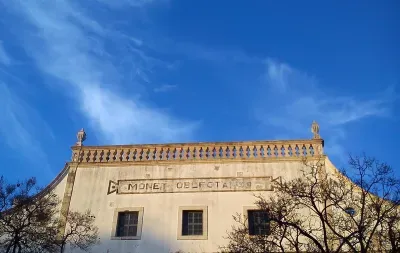
The Lethes theatre building may look a little tired on the outside, but don’t let that put you off. Step inside and you will be transported to the latter half of the 19th century. The décor of plush velvet, painted ceiling and exquisite wooden carvings will make you feel as though you are in a bijoux version of a historic Italian opera house. There are four tiers arranged around the intimate auditorium and if you go to a performance here try to get seats in one of the boxes for that once-in-a-lifetime experience. It won’t cost any more than the ordinary seats.
Faro Maritime Museum
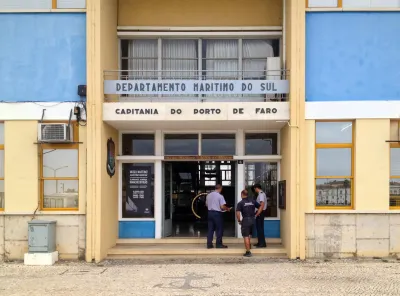
Faro has a seafaring tradition going back to the times of the Phoenicians and in the small but interesting Maritime Museum you can learn about all things nautical connected with the area. It only costs around €1 to enter and is free for children under 6, and you can easily spend some time admiring the vast collection of exhibits on display in the museum’s three rooms.
Faro Archaeological Museum
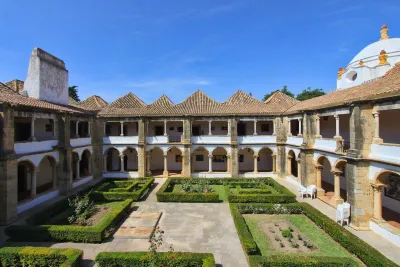
Also known as the Museu Municipal, this was founded as an archaeological museum in 1894 and is well worth a visit if you are in Faro. It occupies the site of the 16th century convent of Nossa Senhora da Assunção (Our Lady of the Assumption) whose peaceful, cloistered gardens alone make the visit worthwhile.
Vila Romana de Milreu
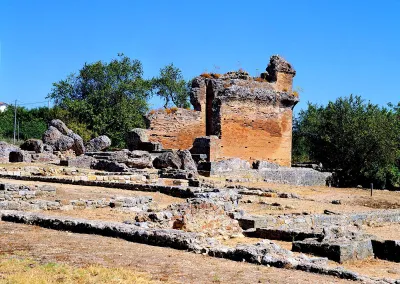
A 10 kilometre drive inland from Faro town centre, the sleepy town of Estoi features some of the Algarve’s best preserved Roman ruins. The Milreu site, just off the N2 highway, was excavated in 1877. The oldest part of the Roman ruins are thought to date back to 1st or 2nd century A.D. with a large villa and temple being added later, probably in the third century.
Silves Archeology Museum
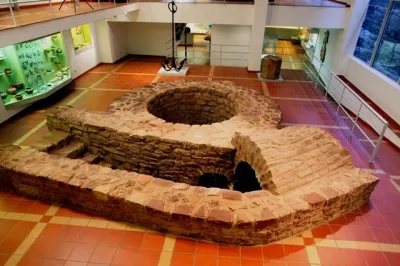
Silves's small Archaeological Museum contains an astonishingly well-preserved Moorish well, together with archaeological findings dating right back to prehistoric times.
Igreja de São Sebastião

The aesthetically pleasing, whitewashed church of São Sebastião (Saint Sebastian) on Praça Miguel Bombarda is thought to date back to the early 18th century, having been re-built on the site of a 16th century church.
Santo Andre Ship Museum
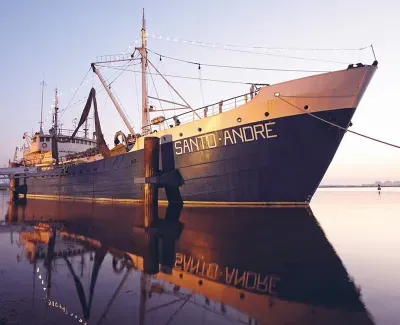
the Santo Andre Ship Museum is a real decommissioned fishing trawler which visitors can explore to get a true picture of what life is like on board. This former cod fishing trawler is an extension of the Ilhavo Maritime Museum and is found in the palm-fringed Jardim Oudinot in the village of Gafanha da Nazare to the west of Aveiro.
Maritime Museum of Ilhavo
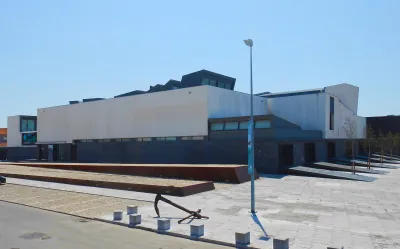
The Maritime Museum of Ilhavo (MMI) is a modern architectural gem a short drive south of Aveiro, which houses a fascinating collection of all things connected to the history of cod fishing, a stunning codfish aquarium and the country’s largest collection of shells. A few kilometres away, as an extension of the museum, the Santo Andre Ship Museum is a real decommissioned fishing trawler which visitors can explore to get a true picture of what life is like on board.
Centro Cultural de Belem

Referred to simply as the CCB, this beautifully designed Centro Cultural de Belem was originally built to serve as headquarter for the Portuguese Presidency of the EU in 1992. It now provides over 100,000 square metres of space for a year-round calendar of cultural events, conferences, exhibitions and meetings as well as providing one of the best permanent exhibitions of modern art in Europe, a number of eateries and shops and much more.
Museu Dr. Anastácio Gonçalves
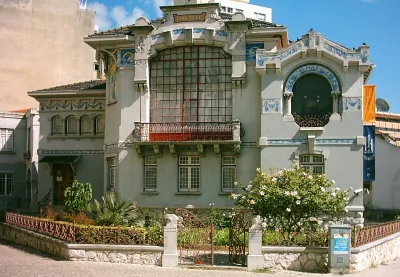
This museum located in central Lisbon district of Saldanha is named after its one time owner, the eminent ophthalmologist and art collector Doctor Anastácio Gonçalves (1888-1965). The house is known as the Casa Malhao as it was the home and studio of the well known painter José Malhoa. Dr Gonçalves bought the house from Malhao a year before his death in 1932.